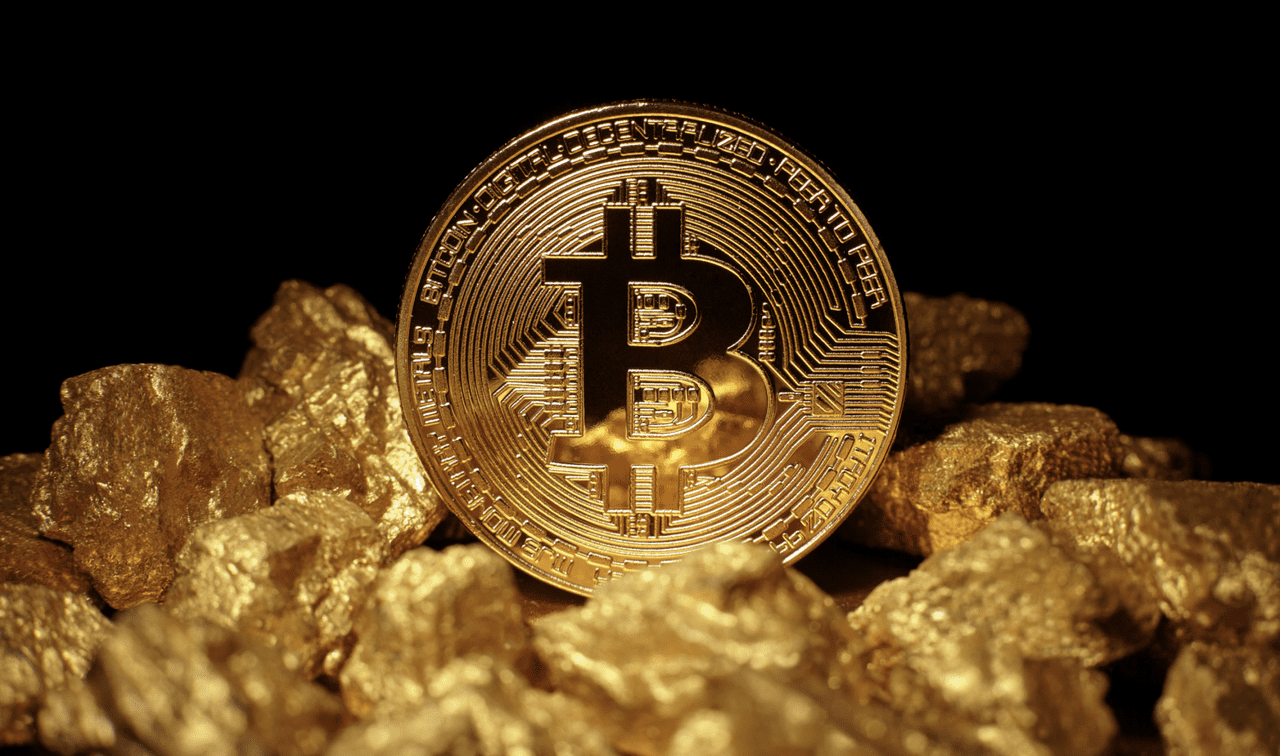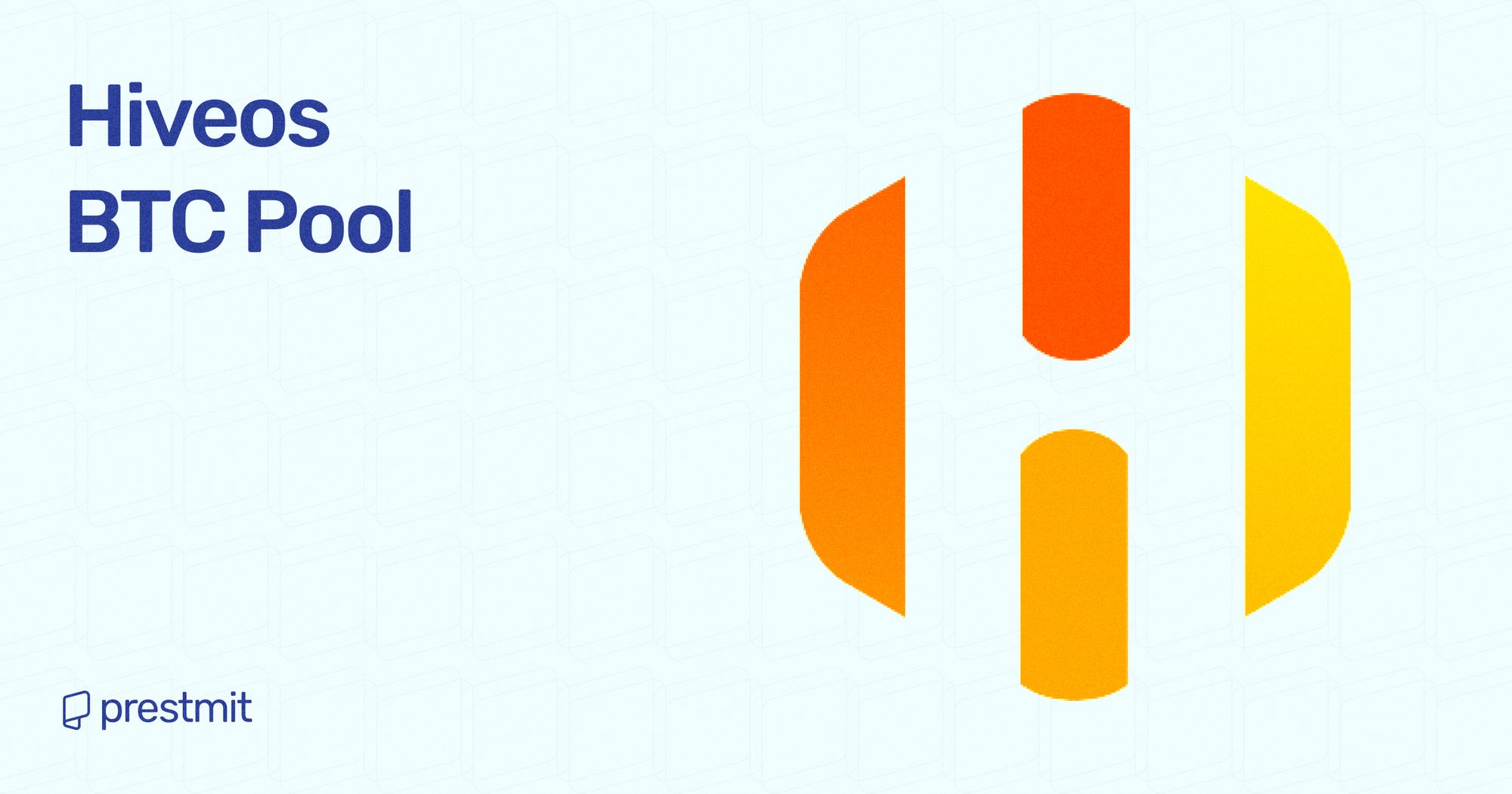Table of Contents
Now and then, a new cryptocurrency emerges to remind people why decentralization matters. Bitcoin Gold was one of them. It wasn’t created to replace Bitcoin but to fix something that had gone wrong. The mining process was becoming dominated by big players with expensive machines, leaving everyday miners behind.
Bitcoin Gold wanted to change that by making mining fair and open again. Instead of depending on costly or specialized equipment, Bitcoin Gold was designed to run on regular graphics cards so that anyone with a computer could take part, mine coins and earn rewards.
Still, mining Bitcoin Gold takes more than just plugging in a computer. You need the right setup, the right tools, and a system that helps you manage everything easily. HiveOS BTC Pool gives you this freedom, to control your mining, track performance, and get stable results.
To get started, this guide will walk you through how to mine Bitcoin on HiveOS BTC Poll. You will learn everything you need to know and how to get the best results from your mining journey.
What is Bitcoin Gold Mining?

Bitcoin Gold is a hard fork of the original Bitcoin blockchain, just like Bitcoin Cash (BCH) and Bitcoin SV (BSV). It employs the proof-of-work (PoW) mechanism also used in Bitcoin mining to mint new tokens. BTG is open to all miners to attempt transaction validation using computers to solve complex puzzles.
Therefore, the first miner to complete the work has the right to append the transaction in the group, referred to as “Block.” Miners receive compensation for their efforts through block rewards issued as BTG tokens.
Meanwhile, Bitcoin Gold has changed its PoW algorithm to make it impossible to use relevant mining machines like ASICs and FPGAs. As such, you can use a powerful graphics card or graphic processing unit (GPU) to mine BTG efficiently.
While you can achieve stand-alone mining and make good profits when you mine enough blocks, joining a mining pool always helps to harness GPU power to maximize productivity. So, in light of this, the Hiveos BTC pool is one of the pools you can join to start mining Bitcoin Gold.
What Is Hiveos BTC Pool?
Hiveos BTC pool is a mining pool integrated into the Hiveon mining network, which enables miners to get community support, payouts, and other benefits, irrespective of their farm size. This pool has its server widely available across different countries and regions, including the United States, Europe, and Asia, to enable connection for miners. You can mine Bitcoin, Bitcoin Gold, and other coins on the platform.
Within HiveOS, the BTC pool serves as the platform where miners come together to share computing power and earn consistent rewards. Instead of mining alone and waiting for a lucky payout, HiveOS BTC Poll combines the efforts of many miners, distributing earnings fairly based on each person’s contribution.
HiveOS supports a wide range of coins including Bitcoin Gold and automatically optimizes your GPUs for battery efficiency. Features like remote monitoring, automated problem alerts, and smart turning help even small or mid-sized miners compete effectively without constant manual oversight.
Because of its reliability and ease of use, HiveOS BTC Pool has become a go-to choice for miners who value stability, transparent payouts, and the ability to manage their operations from anywhere.
How To Mine BTG On Hiveos BTC Pool
Mining Bitcoin Gold (BTG) on HiveOS BTC Poll takes only a few steps to set up. Once everything is configured, your rigs can turn automatically and earn rewards with little supervision. Here is how to get started;
1. Create a Hiveon Account
Visit the official Hiveon website or download the Hiveon App from the Play Store or App Store. Sign up and log in. This will be your control center for managing your mining activities.
2. Add Your BTG Wallet
Go to the “Wallets” tab and click “Add Wallet.” Choose BTG (Bitcoin Gold) as your coin and paste your BTG wallet address. Save it to make it easy to connect later.
3. Set Up a Flight Sheet
Navigate to “Flight Sheets” on your dashboard. Select BTG as your coin, choose your wallet, and pick Hiveon Pool as your mining pool. Then, select your preferred miner and click Create Flight Sheet. (Tip: This setup tells HiveOS how to mine and where to send your rewards.)
4. Apply the Flight Sheet to Your Worker
Open the “Workers” tab and choose the rig you want to use. Click the rocket icon at the top right, select your BTG Flight Sheet, and click Apply. Your worker will now start mining based on the setup you created.
5. Monitor Your Mining Performance
Once your rig is active, go to the Hiveon dashboard to track your hashrate, temperature, and uptime. You can also view your mining stats directly in the Hiveon Pool dashboard.
Pros And Cons Of Mining Bitcoin Gold
Pros:
- Easy to mine due to its ASIC-resistant nature.
- Earnings can be significant as 1 BTG is about $26, and a block reward is 3.125 BTG.
- Mining BTG is highly profitable with a cheaper electricity provider.
Cons:
- Many crypto exchanges do not support BTG.
- Higher power GPUs are expensive.
- Thorough research is required to avoid mining pool scams.
Frequently Asked Questions (FAQs) About Mining Bitcoin Gold On Hiveos BTC Pool
How Profitable Is Mining Bitcoin Gold On Hiveos BTC Pool?
It is profitable to mine BTG on the Hiveos BTC pool as the platform guarantees high earnings with a stable payout for the mines in its pool.
Where Can I Save My Bitcoin Gold Tokens After Mining?
You can set up a wallet on a crypto exchange or get a hardware wallet to store your BTG tokens for a long time. But some of the best Bitcoin Gold wallets you can use to store your coins after mining are Coinbase Wallet, Guarda Wallet, and Ledger Wallet.
How Long Does It Take To Mine BTG?
At the time of writing this article, it takes over 24 hours to mine 1 BTG
Conclusion
Mining Bitcoin Gold on HiveOS BTC Pool combines accessibility and efficiency. Bitcoin Gold’s GPU-based system gives everyday miners a fair chance to earn while HiveOS provides the tools to monitor, optimize, and stay consistent. With the right setup and power management, even small rigs can run profitably over time.
Most importantly, Bitcoin continues to uphold what crypto was meant to be, decentralized, transparent, and open to anyone ready to contribute, and as the mining evolves, those who understand their tools, not just the technology will continue to thrive.
Last updated on October 16, 2025

